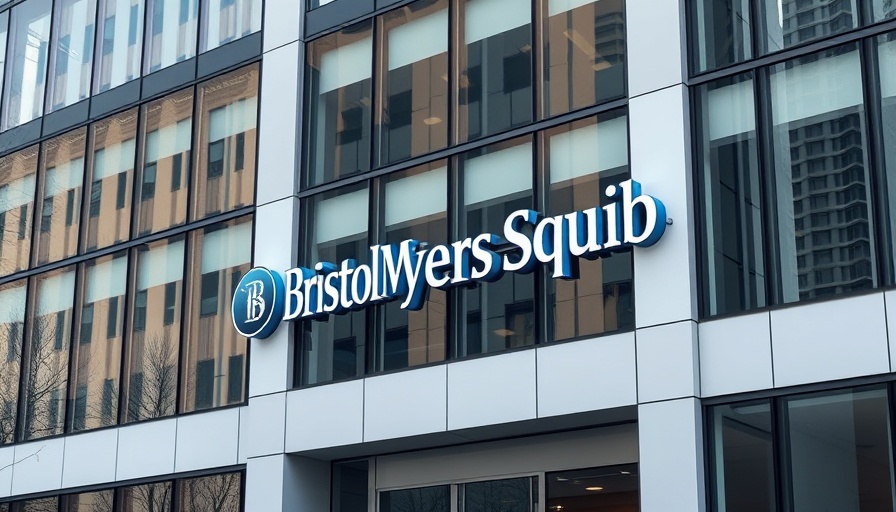
Bristol Myers Squibb's Double Win for GI Cancers
In just a week, Bristol Myers Squibb (BMS) has solidified its place in the oncology landscape with FDA approvals for its immunotherapy combo, Opdivo (nivolumab) and Yervoy (ipilimumab), now approved as first-line treatments for colorectal cancer and hepatocellular carcinoma. This remarkable feat highlights the transformative potential of checkpoint inhibitors in treating gastrointestinal cancers, expanding options for patients facing these challenging diagnoses.
Understanding the Significance of These Approvals
The FDA's endorsements reflect a critical shift in treatment paradigms. The approval for Opdivo and Yervoy in colorectal cancer on April 8 targets adults and children (ages 12 and older) whose cancers are either microsatellite instability-high (MSI-H) or mismatch repair deficient (dMMR). Notably, the combination exhibited a 38% reduction in disease progression versus Opdivo alone and a staggering 79% compared to standard chemotherapy, as demonstrated in a Phase 3 clinical trial. These statistics suggest a promising new frontier in first-line treatment strategies.
Survival Rates Driven by Innovative Approaches
On April 11, the combination achieved another regulatory milestone with its approval for treating advanced hepatocellular carcinoma. Patients using the drug duo experienced a median overall survival of 23.7 months, compared to only 20.6 months for those on traditional therapies. These findings underscore the importance of innovative treatments that not only enhance survival but also redefine expectations in managing late-stage liver cancers.
Looking Ahead: The Future of Cancer Immunotherapy
The landscape of cancer treatment is evolving, influenced by the rapid advancements in immunotherapy. With the FDA's approvals, BMS is set to continue collaborating with clinical researchers to garner further insights and long-term data that could reshape standard treatment protocols. As the landscape becomes increasingly competitive, further advancements in combination therapies are anticipated, promising greater access to effective cancer care.
Conclusion: A Call for Action
Healthcare professionals and digital health innovators must stay attuned to these developments. By leveraging insights from groundbreaking research and FDA approvals, they can actively participate in shaping the future of cancer treatment. Embracing new technologies and strategies will empower them to enhance patient care dramatically.
 Add Row
Add Row  Add
Add 




Write A Comment